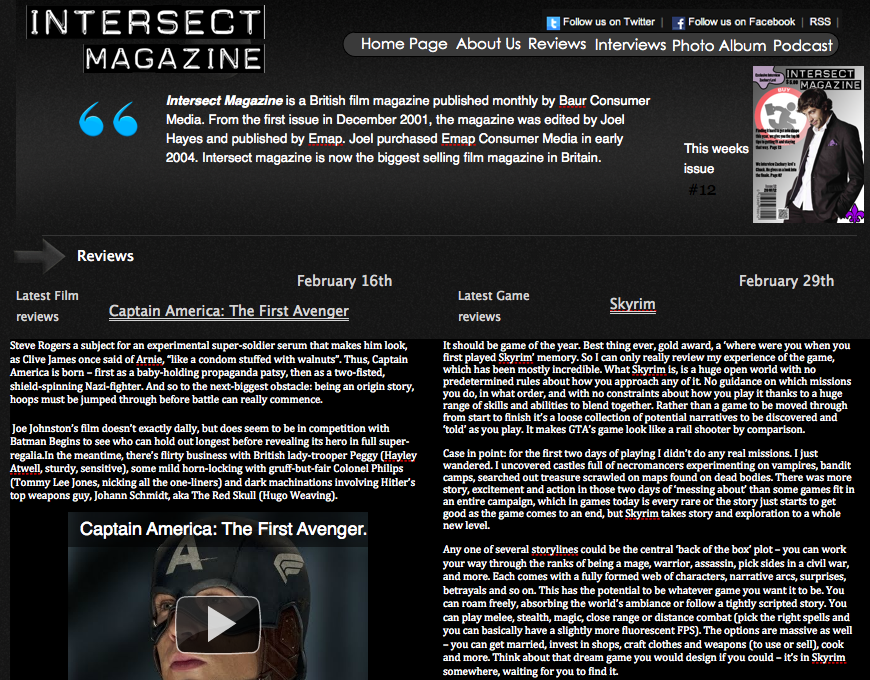Tuesday, 12 June 2012
Sunday, 10 June 2012
DCP's
BTEC national Unit 54: Digital
Communications
Email: E-mail stands for electronic mail; it’s a method of sending
messages to users over the Internet. You can send simply text or photos and
also work files of course it depends on the size of what you are trying to
send. The most common email service is Hotmail.
IM: IM stands for instant messaging it was first used for desktop
computers for sending quick and easy messages that are instantly received. Good
examples of IM are AIM, MSN Messenger, ICQ, and Google Talk. It’s a program
that too people will install on the computers/electronic device that supports
IM then they can send messages over the service being provided. IM to be free
to use and easy use
SMS: SMS stands for short message service. It’s commonly used on mobile
phones and often referred to as texting. It works a lot like IM but it takes
longer to send messages because it has to send a signal to a tariff that will
then bounce back to the user. You have to pay for this service by your network
provider or if you use pay as you go.
Bulletin
boards: BBS is a terminal where you can log in and
comment and voice your opinion or start up a conversation about something that
someone has posted.
Discussion
forums: Discussion forums are similar to the
bulletin board but it’s more of a texted base form. Where people can contact
with one another and discuss multiple topics.
Weblogs: A weblog, sometimes written as web log or Weblog, is a Web site
that consists of a series of entries arranged in reverse chronological order,
often updated on frequently with new information about particular topics.
Newsgroups:
A newsgroup is a discussion about a particular
subject consisting of notes written to a central Internet site and
redistributed through Usenet, a worldwide network of news discussion groups.
Usenet uses the Network News Transfer Protocol (NNTP).
Internet
telephony: Telephony is the technology associated
with the electronic transmission of voice, fax, or other information between
distant parties using systems historically associated with the telephone, a handheld
device containing both a speaker or transmitter and a receiver.
Conferencing:
Web conferencing is a form of real-time
communications RTC in which multiple computer users, all connected to the
Internet, see the same screen at all times in their Web browsers. Some Web
conferencing systems include features such as texting, VoIP (voice over IP) and
full-motion video.
Subscribe to:
Comments (Atom)













